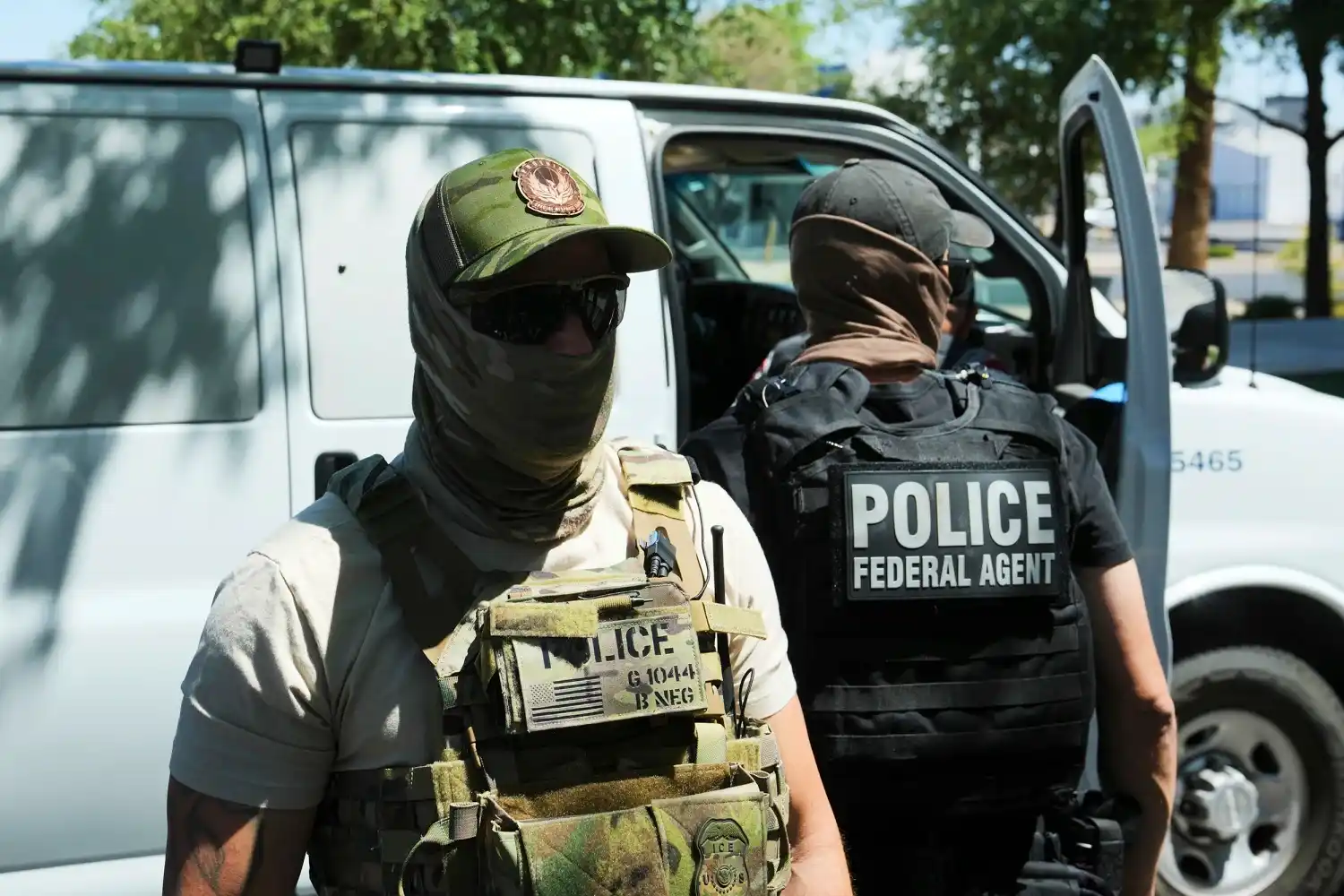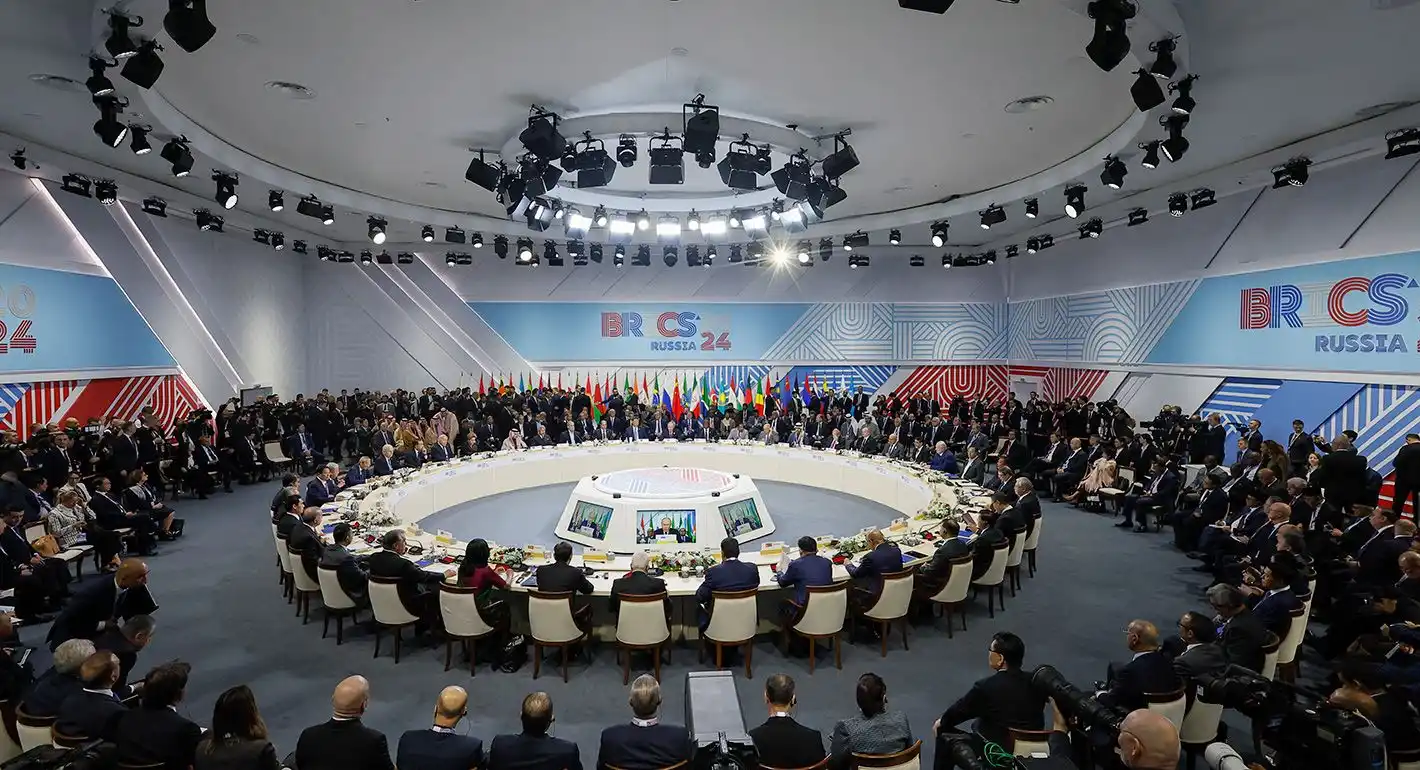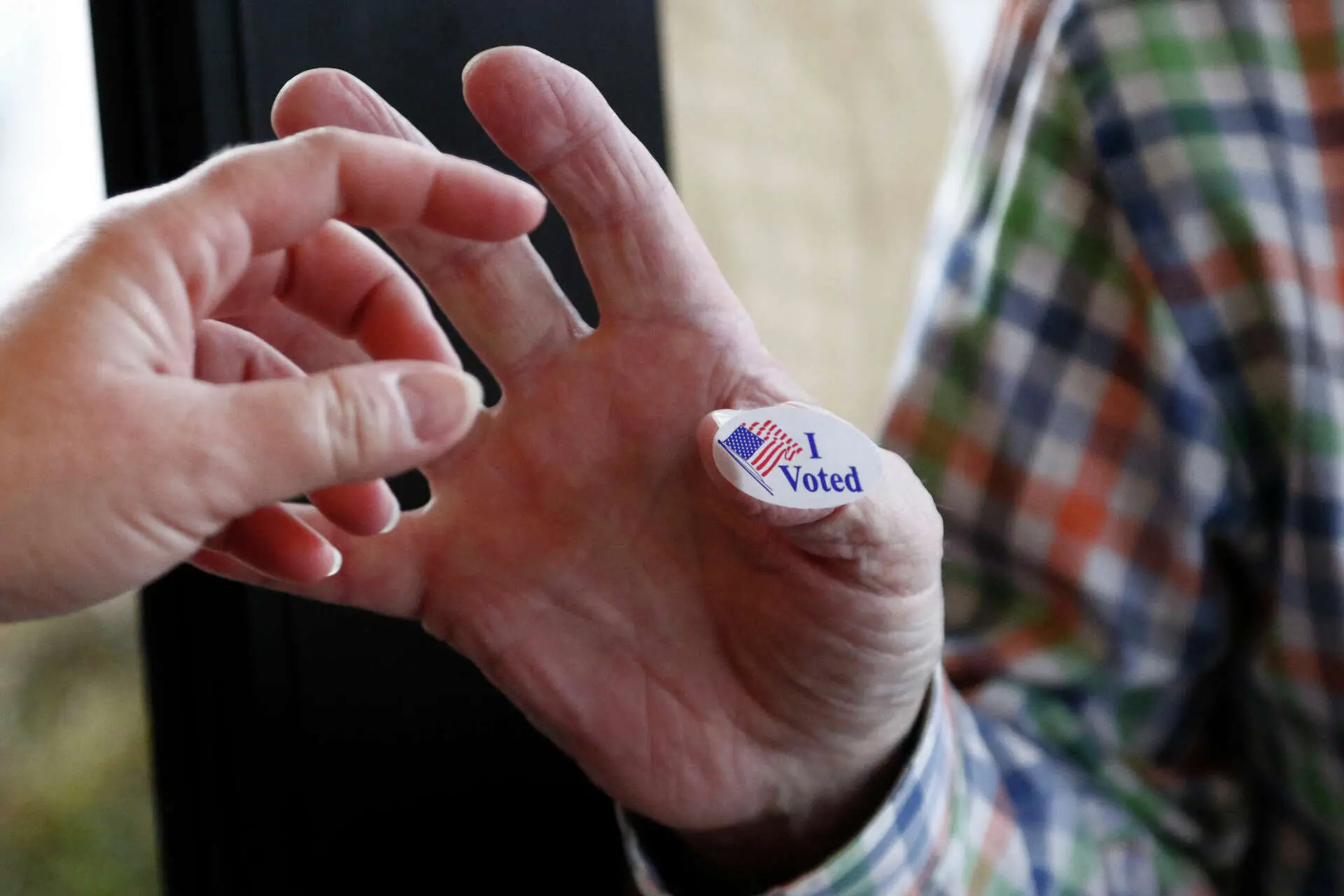The United States is escalating efforts to secure its southern border as migration levels remain high, marking a significant shift in national immigration enforcement. Federal agencies, state authorities, and lawmakers are all taking coordinated steps to address what officials describe as a growing border security challenge.
The Department of Defense has approved the deployment of additional National Guard and active-duty troops to the southern border. These personnel will provide logistical support, conduct surveillance operations, and assist border patrol units in areas experiencing heavy migration activity. Officials emphasize that these measures are not only about enforcement but also ensuring the safety and efficiency of federal operations in high-risk zones.

Meanwhile, technology is playing a controversial role in the immigration debate. Apple recently removed an app that had been helping migrants navigate around U.S. Immigration and Customs Enforcement (ICE) checkpoints. The company cited violations of its policies, but critics argue the decision highlights tensions between corporate responsibility, public safety, and humanitarian efforts for vulnerable migrant communities.
States are also stepping up their involvement. Texas has joined a plan initiated by former President Donald Trump, deploying state National Guard units to complement federal border security operations. Governors from other Republican-led states are reportedly evaluating similar initiatives, signaling a growing collaboration between state and federal authorities in enforcing immigration laws.
The legislative front is equally active. Republican members of Congress have proposed a bill that would impose harsher penalties on individuals who illegally re-enter the U.S. after deportation. Supporters argue that stricter sentencing is essential to deter repeat offenses and strengthen national security, while opponents caution that such measures may disproportionately impact migrant communities and strain judicial resources.
Legal and Policy Considerations
The crackdown has reignited debates over immigration law and civil liberties. Courts across the country have seen an uptick in cases challenging deportations, detention practices, and the treatment of asylum seekers. Advocates for migrants argue that legal protections must be maintained and that enforcement should not override due process. Meanwhile, policymakers emphasizing strict enforcement argue that a secure border is foundational to any functional immigration system, helping ensure that legal channels operate effectively.
In addition, legislative and administrative measures are being introduced to address gaps in the system. Policies aimed at expediting the processing of illegal entrants, increasing penalties for human smuggling, and streamlining deportation procedures are being implemented in tandem with physical enforcement. These measures demonstrate the government’s focus on integrating policy, technology, and manpower to address complex border challenges comprehensively.

Overall, the legal and policy landscape surrounding the border crackdown illustrates the tension between enforcing national security and upholding civil liberties. As new policies take effect and courts continue to weigh challenges, the evolution of border law will likely remain a central and contentious issue in American governance, shaping both immediate enforcement outcomes and the long-term direction of immigration policy.
Enhanced Security Measures
The federal government has deployed additional personnel from U.S. Customs and Border Protection (CBP), the Border Patrol, and other federal agencies to hotspots along the southern and northern borders. Patrols are being strengthened not only in urban crossing points but also in remote areas historically prone to illegal entry. Mobile surveillance units, drones, and thermal imaging technology have been increasingly used to monitor and respond to unauthorized crossings. These technological enhancements allow authorities to detect movements in real time, reducing the reliance on manual patrols and enabling faster response times in high-risk areas.
The government emphasizes that these efforts aim to combat not only illegal immigration but also drug trafficking, organized crime, and human smuggling networks that exploit weaknesses in border control. Federal agencies are coordinating closely with state and local law enforcement, creating a more cohesive and comprehensive security strategy. This collaborative approach allows for intelligence-sharing, coordinated patrols, and joint operations that enhance overall border security while minimizing gaps that criminal networks could exploit.

Beyond enforcement, training and professional development for border personnel have been expanded. Officers are receiving updated instruction on detecting forged documents, identifying human trafficking indicators, and using advanced surveillance equipment. This ensures that the increased presence of personnel is paired with enhanced capabilities, allowing for more effective law enforcement and safer operations for both officers and civilians.
Furthermore, technology-driven initiatives are being launched to predict and prevent illegal crossings. For example, predictive analytics are being applied to historical crossing data, environmental factors, and migration trends to anticipate potential surge areas. These efforts allow authorities to allocate resources more efficiently, focusing manpower and equipment where they are most likely to prevent unauthorized entry.
Lastly, the government has emphasized that border security is part of a broader national security strategy. By reducing illegal crossings, intercepting contraband, and disrupting criminal networks, officials argue that the crackdown contributes to the overall safety of Americans and strengthens the country’s ability to enforce immigration law effectively. While critics raise concerns about civil liberties and humanitarian impacts, the administration maintains that the comprehensive combination of personnel, technology, infrastructure, and community engagement represents a balanced and effective approach to securing the nation’s borders.


















